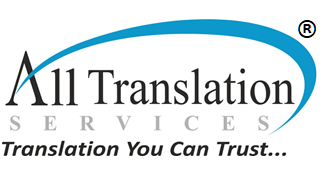The Translation Industry: Then Vs Now
The Past: How Did It Work?
The industry has been around for many years and has been a vital source of money for a lot of people. The exact origin of the trade is unknown. But it started in ancient Babylon, where scribes changed texts from one language to another. A more widely accepted theory states that Greek philosophers were the first to convert text from one language to another.
The translation industry was very different before the day of globalization. The majority of the language translation company were local and did not have English as a common language. Translators needed to change texts and materials from one dialect to another. They did not have digital tools at hand. So, they had to spend hours looking up apt words in other languages.
The Evolution Of The Translation Industry
Several changes, including opening and closing borders, and new technology affected the industry. It had a long journey, from the clay tablets used more than 5,000 years ago to the modern methods for getting high-quality work.
The invention of the printing press in 1439 led to the first great change in the language trade. Books became available to people in their language for the first time. That said, experts had to keep the people of the target language in mind. It is because each language has its own unique culture. Knowing this can help experts in their work. For example, when working with Chinese, it is not enough to go word by word – they need to consider the entire meaning. However, studying the culture of distant peoples was a tough job without the internet.
The Present: How Does It Work Now?
The translation trade is growing by leaps and bounds in the present times. The demand for translators has risen globally. To meet these demands, translators have several tools to themselves. For example, using computers to translate text from one language to another. Although it is not perfect, experts have been able to edit machine-translated text into readable form. Further, the trade now has digital dictionaries at the click of a button. This enables experts to look anything up very quickly. Also, with several OTT platforms and huge mass media consumption, the translation industry has adapted itself. It is no longer only involved with books and literature. On the contrary, translations are everywhere – from advertisements to disseminating information!
The translation industry is evolving and changing. Translations are more accessible now than ever before. Thus, they are no longer reserved for a select few who can afford them. However, the crux of the industry remains the same. The key to mastering translation is to understand both languages and cultures, finding the right balance between accuracy, fluency, and target audience.
